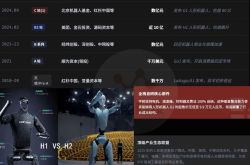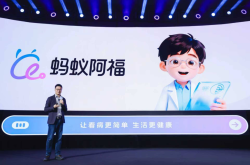A Post-2000s Chinese-American Woman Secures 780 Million RMB from Two AI-Driven Films, Marking AI's Formal Foray into Hollywood
![]() 09/23 2025
09/23 2025
![]() 703
703
What does it take to produce a sci-fi blockbuster like 'Dune'? The answer: nearly $200 million and years of meticulous craftsmanship. The exorbitant costs and lengthy production cycles have long loomed over Hollywood like the Sword of Damocles, stifling countless ambitious projects. But what if AI could slash these costs by 90%? What kind of revolution would that spark in the film industry? Enter Utopai Studios, an AI startup charging into Hollywood with this audacious vision, aiming to leverage technology to upend a century-old industry.
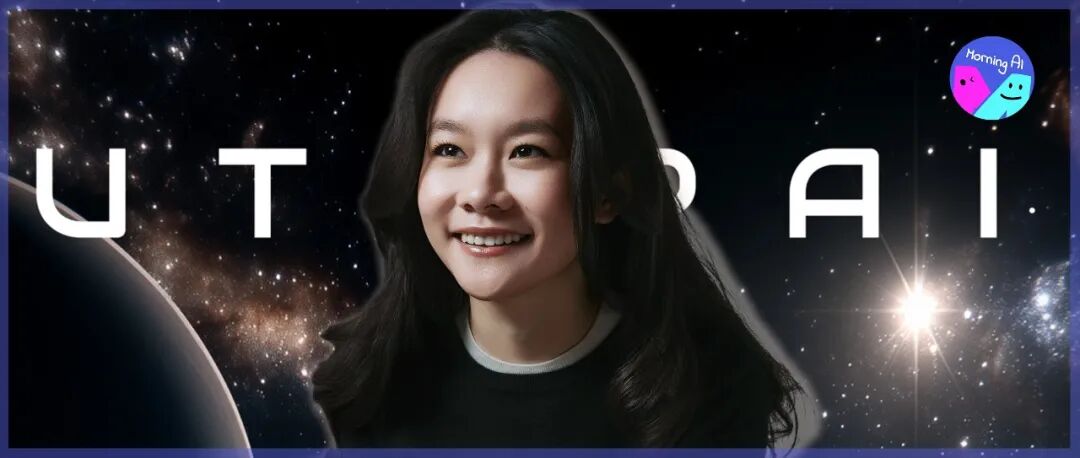
Layout: Yanzi
Core Revelation: Who Is Utopai Studios?
This company daring to “declare war” on Hollywood was once Cybever, a startup focused on AI-driven 3D generation. As the AI video technology wave swept the globe, the team recognized that true disruption lay in deeply integrating AI into professional content creation workflows. Thus, Cybever transformed decisively, reborn as Utopai Studios—a company precisely positioned as an “AI-native film and television production studio.” Their mission isn’t just to generate clips but to build a complete AI production pipeline tailored for professional filmmakers.
At the helm of this transformation is a powerhouse duo, blending “technology and art.”
One co-CEO, Cecilia Shen, is a post-2000s Chinese-American woman and former AI engineer at Google X Lab, with a proven track record of translating cutting-edge algorithms into practical products. Her partner, Marco Weber, is a 59-year-old media veteran with decades of Hollywood experience. The clash between this young tech idealist and the seasoned film realist has made Utopai Studios both visionary and pragmatic from day one.
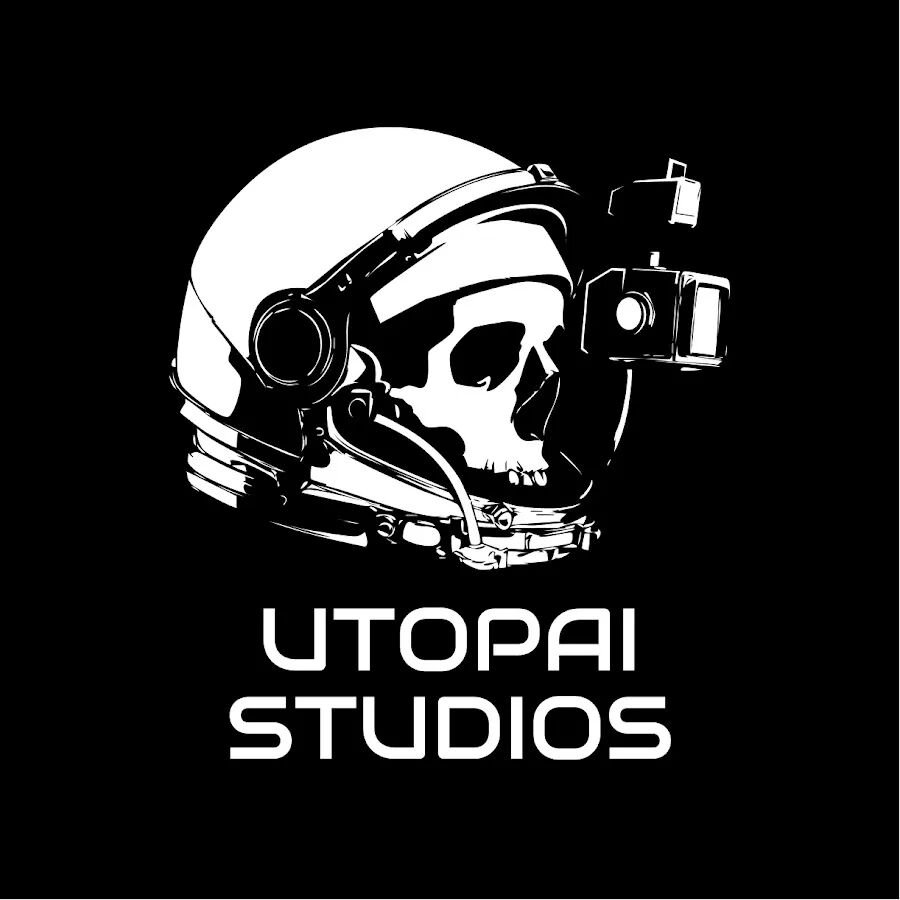
Technical Breakdown: What Gives Them the Edge to “Revolutionize” Hollywood?
While AI video tools like Sora and Pika struggle to break into professional workflows due to their “uncontrollable,” gacha-style outputs, Utopai Studios unveils its secret weapon: a production process called “Previz-to-Video.”
This isn’t a brute-force overhaul of existing workflows but a precise surgical upgrade, targeting the biggest pain point in AI video production: controllability and stability.
The process can be broken down into three steps:
1. Director-Led “Sketching” (Previz): Directors and production teams use familiar 3D software like Unity or Unreal Engine to quickly build a film preview (Previz), akin to constructing a game scene. Key elements—camera movements, character positions, and scene layouts—are firmly controlled by creators, ensuring “certainty” in the creative process.

2. AI-Powered “Refinement”: Utopai’s proprietary AI model steps in next. Instead of “imagining” the scene from scratch, it takes the rough, detail-lacking Previz as a precise “skeleton” and “instruction,” rendering, filling, and stylizing it to generate a photorealistic final video with a specified artistic style in one click.
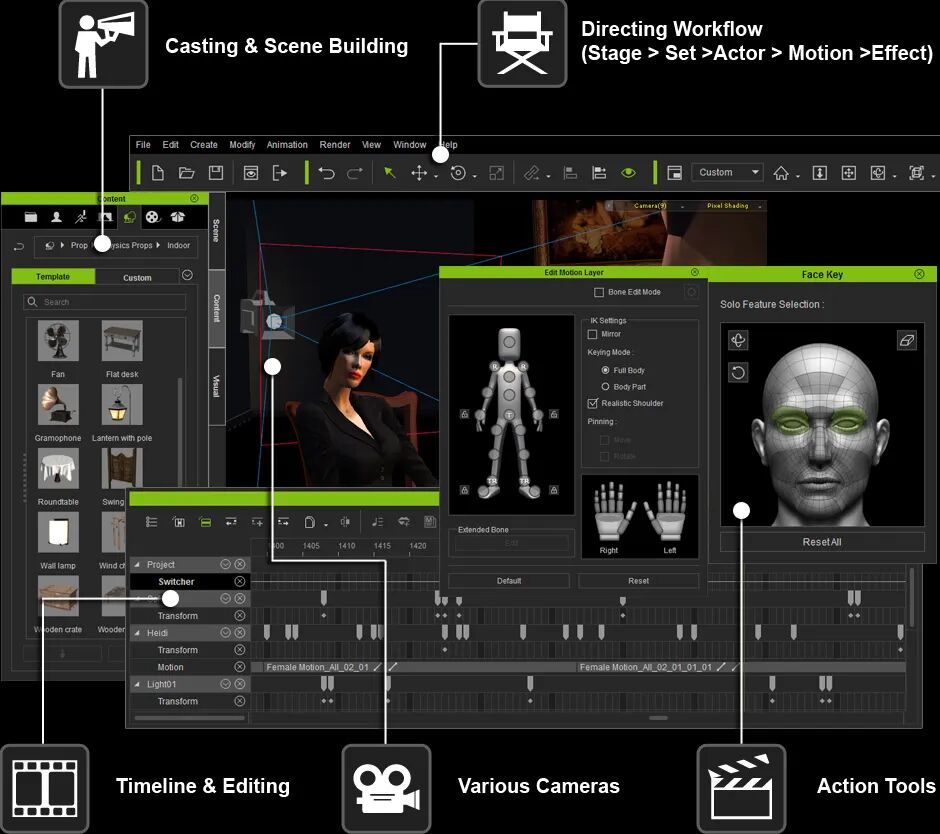
3. Iterable “Fine-Tuning”: Most crucially, this process is reversible and iterative. If a director dislikes an AI-generated shot, they can return to the Previz stage to adjust elements like character positioning or camera angles, then regenerate the scene. The AI faithfully executes the new instructions.
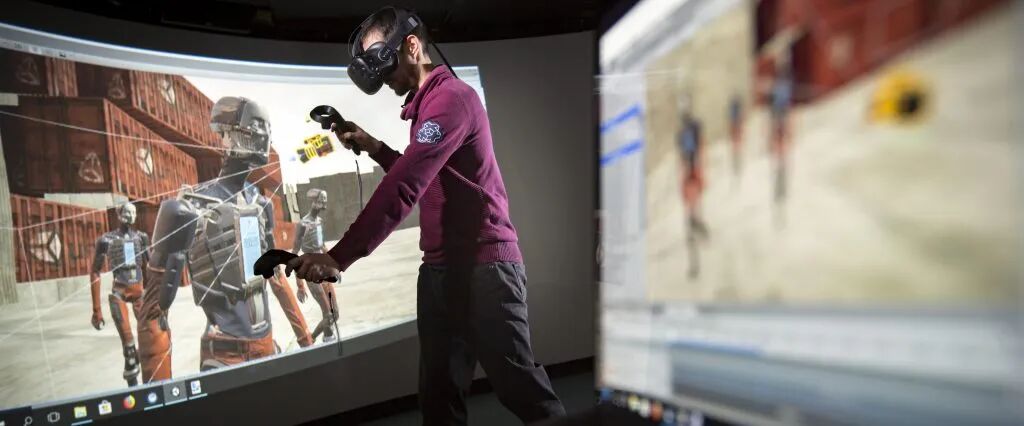
In simpler terms, if Sora is like a painter with boundless inspiration—where you can only dictate the subject but not control every brushstroke—Utopai’s process is akin to a top-tier rendering artist who strictly follows the director’s “storyboard sketches,” delivering exceptional efficiency and quality.
This “what-you-see-is-what-you-get” control is the crucial step that transforms AI from an intriguing “toy” into a professional production “tool,” giving Utopai the confidence to challenge Hollywood’s traditional model.
Vision and Ambition: Beyond Cost Reduction and Efficiency
If technology is Utopai Studios’ sword, its ultimate goal extends far beyond “cost reduction and efficiency.”
In the blueprint of co-CEOs Cecilia Shen and Marco Weber, AI’s true revolutionary potential lies in liberating film creation from the “tyranny of budget.”
For too long, countless imaginative scripts have been shelved due to excessive costs, and directors forced into painful compromises between creativity and reality. Utopai’s mission is to use technology to break through this barrier, allowing film to return to its purest essence: telling a good story.
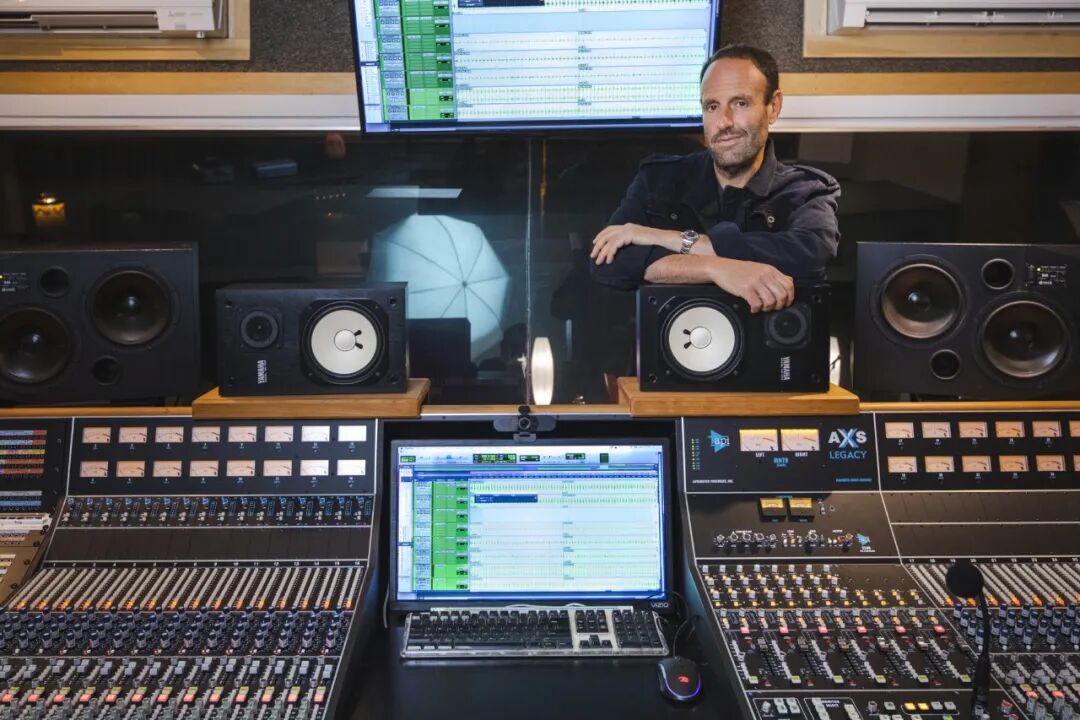
This is no empty slogan. Utopai Studios’ first flagship project—the historical epic “Cortés”—is proof of this philosophy.
Written by legendary screenwriter Dalton Trumbo in the 1960s, the script depicts the clash between Spanish conquerors and the Aztec civilization. For over half a century, top filmmakers like Steven Spielberg attempted to bring it to the screen, only to be stalled by its massive scale and astronomical budget. Even financially robust Amazon Studios abandoned the project, citing “inability to achieve the scale and scope the series deserves.”

Now, Utopai Studios has taken over this “Hollywood regret” project. Their strategy: showcase the stunning visual effects and cost control achievable through their “Previz-to-Video” workflow to global distributors, successfully pre-selling future distribution rights for projects like “Cortés.” The result? According to The Hollywood Reporter, Utopai secured pre-sales and financing commitments worth up to $110 million (approximately 800 million RMB). This funding, locked in before production even begins, validates their business model and declares to the industry: great ideas once “sentenced to death” by budgets can now, with AI, turn to gold.
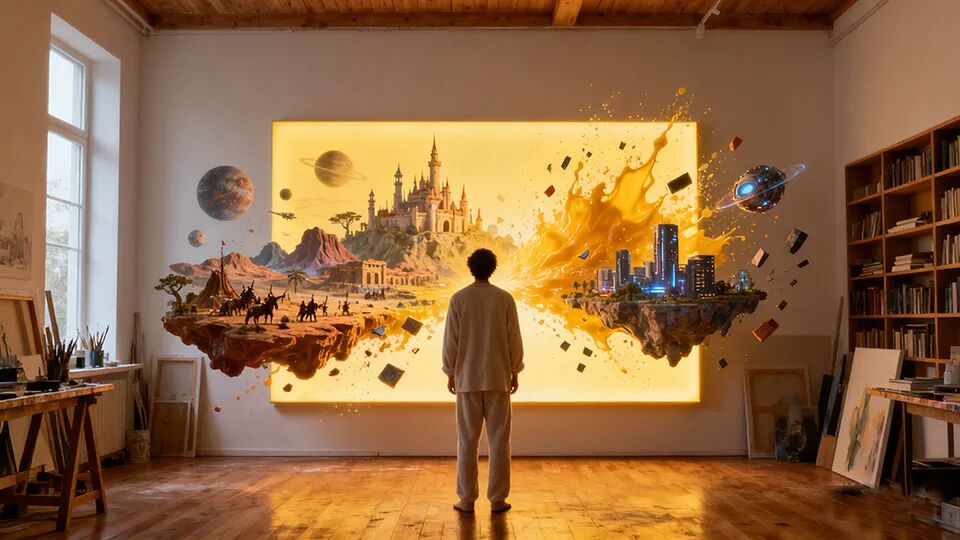
Is AI a Tool or a New Creator?
The AI wave is reshaping content creation with unprecedented force, sparking emotions from excitement to anxiety. In film and television, where human creativity reigns, debates about “whether AI will replace directors, screenwriters, and actors” never cease.
Yet Utopai Studios offers a more constructive perspective. Their story doesn’t depict a cold, AI-dominated future but one where AI empowers human creators, freeing them from tedious execution and budgetary constraints.
AI doesn’t seek to replace the director’s vision but gives them a “wish-fulfilling” brush; it doesn’t deny the film industry’s legacy but grafts an efficiency engine onto existing workflows.
Ultimately, technology is the medium—storytelling remains the soul. Utopai’s exploration suggests AI’s best role in film and television isn’t as a new “creator” but as a “barrier-breaker,” enabling creators to tell the stories that deserve to be heard.
A golden age for creativity itself may have just begun.






